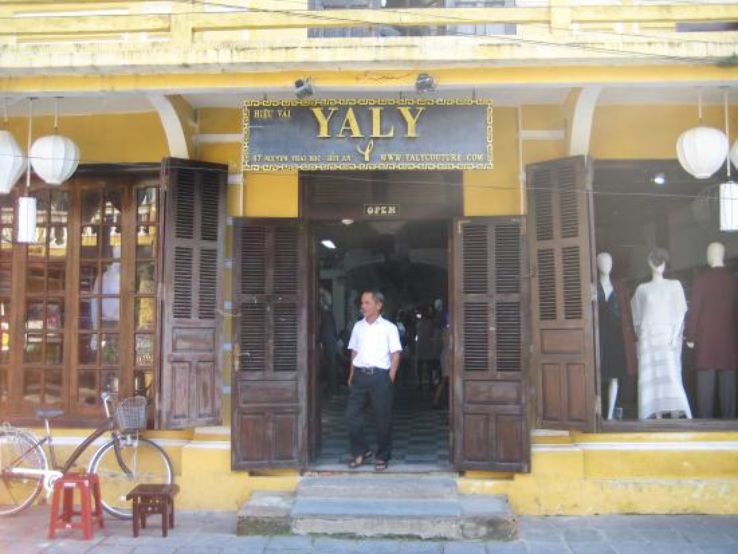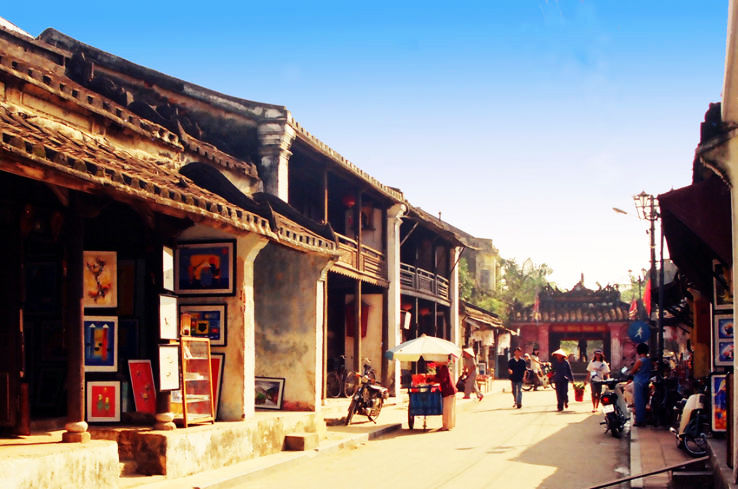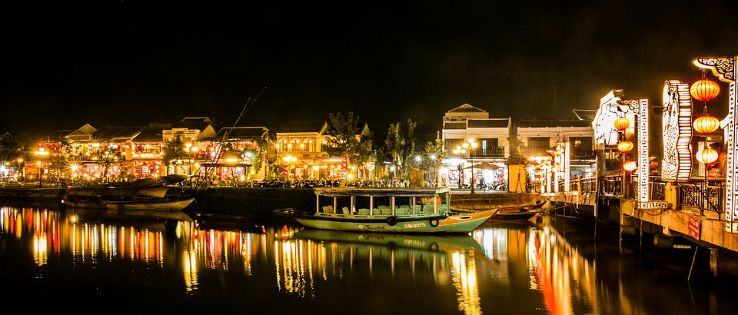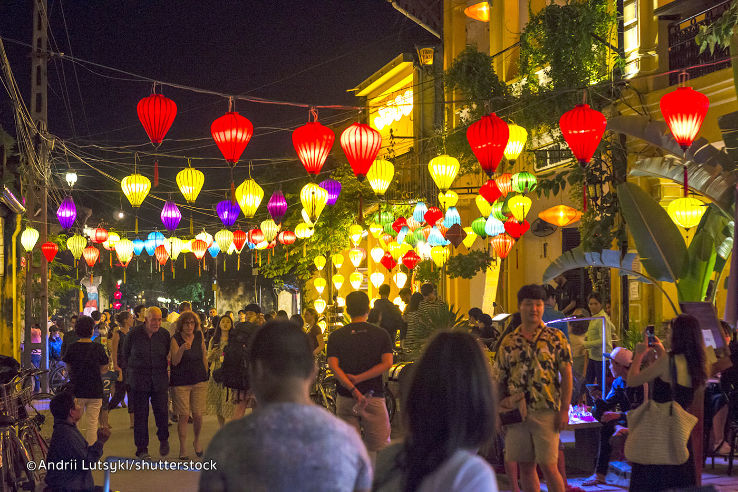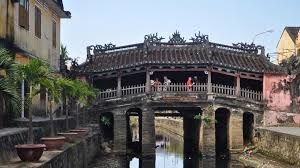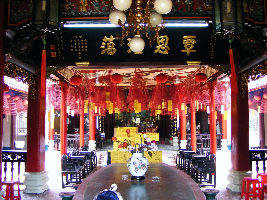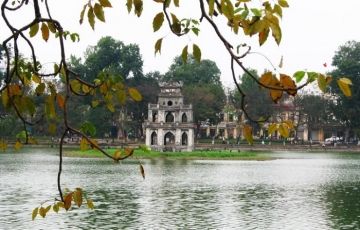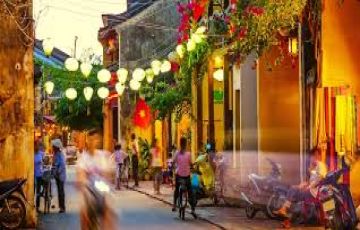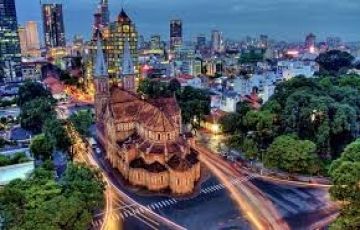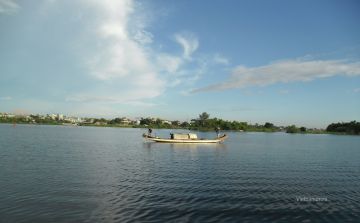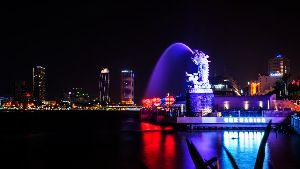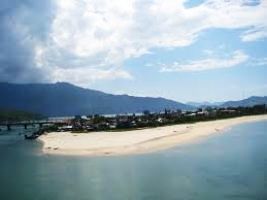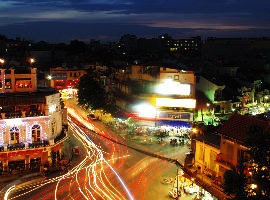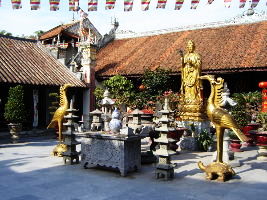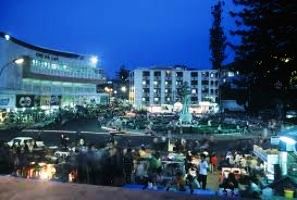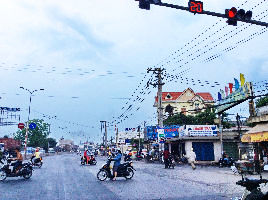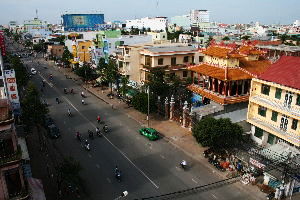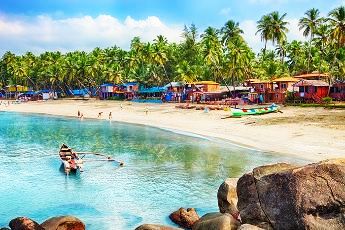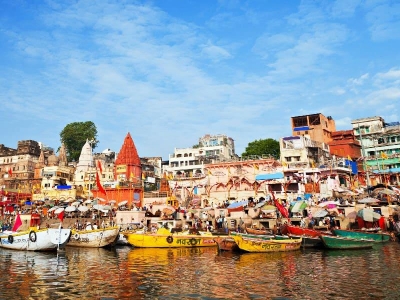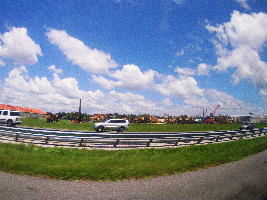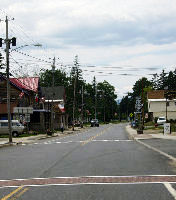Hoi An
Places to visit in Quang Nam Province
Things to do
Packages
Ideal Days
Currency
About Hoi An
Hoi An Town is an exceptionally all around saved case of a Southeast Asian exchanging port dating from the fifteenth to the nineteenth century. Its structures and its road design mirror the impacts, both indigenous and outside, that have joined to deliver this one of a kind legacy site. Hoi An has no air terminal, and no prepare station either. The best way to arrive is by street. You can procure a taxi from the neighboring city of Da Nang, which has an airplane terminal with day by day flights from Hanoi, Ho Chi Minh City and other extensive Vietnamese urban areas.
There's likewise a prepare station in Da Nang, and transport administrations are ample. We have a wide determination of inns for you to look over in both Cua Dai Beach and Hoi An City, whatever suits your pocket and style. The substance of the Old Town has saved its unfathomable heritage of tottering Japanese shipper houses, Chinese sanctuaries and old tea distribution centers – however, obviously, occupants and rice fields have been bit by bit supplanted by traveler organizations.
Parlor bars, boutique inns, travel operators and an excess of tailor shops are especially part of the scene here. But, around the market and over on Cam Nam Island, you'll discover life has changed close to nothing. Travel a couple of kilometers advance – you'll locate some sublime bike, motorbike and pontoon trips – and some of focal Vietnam's most enticingly laid-back landscape and shorelines are inside simple reach.
Hoi An Tour Packages
9 Days 8 Nights hoi an Nature Trip Package
Magical 8 Days 7 Nights Hanoi, Halong Bay, Hoi an with Saigon Holiday Package
11 Days 10 Nights Hanoi, Halong Bay., Van Hai Village, Da Nang., Hoi An., Da Nang with Saigon. Trip Package by TRIPN TRAVEL GROUP
Experience 13 Days 12 Nights Hoi An Trip Package
Memorable 12 Days 11 Nights Danang Trip Package
Vietnam See & Experience Almost it ALL in 11 Days, First Class Traveling
Ecstatic 7 Days 6 Nights Mekong Delta, Hue, Can Tho with Vinh Long Trip Package
Experience Halong Bay Tour Package for 15 Days 16 Nights
Hoi An Rating & Reviews
- Home
- Vietnam
- Hoi An Tours
- About Hoi An
- Log in
- Enquiry Form
To City (Destination)
From City
Travel Date
Travel Duration (In Days)
Adult
Child
Infant
Travel With
Hotel
Rooms
Type of Trip
Total Budget (in INR)
Ticket Booked ?
Ticket Required?
Mode of Transport
Ticket Category
I will book
Date of Birth
Gender
Marital Status
Income (Per Month)
Nationality
Preferred Language
Total countries visited so far
Do you have a Visa ?
Do you have a Passport?
Preferred Time to Call
We have identified additional inquiries related to your tour. Please review them and let us know if there are any inquiries you would like us to remove.
